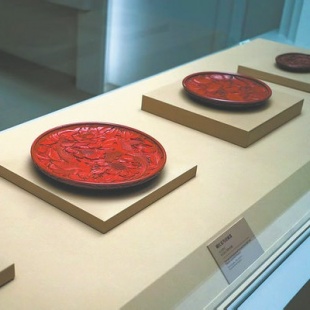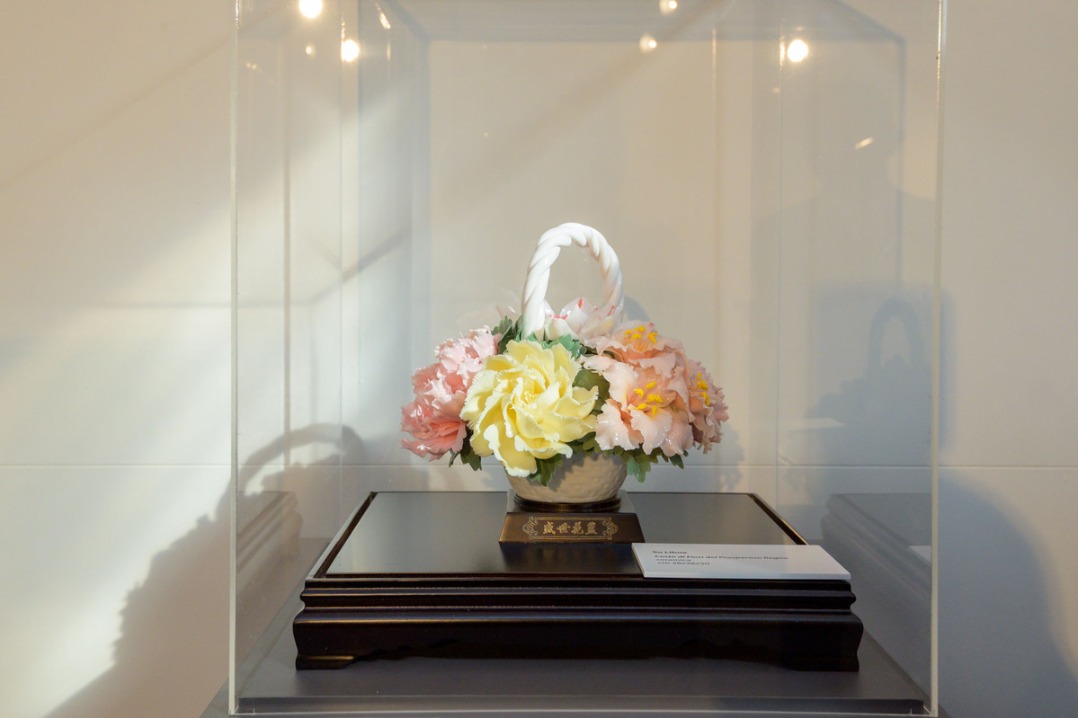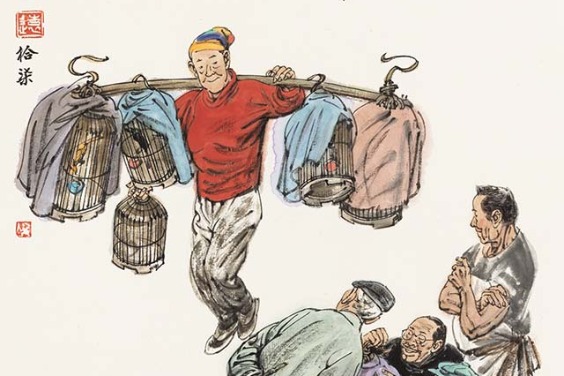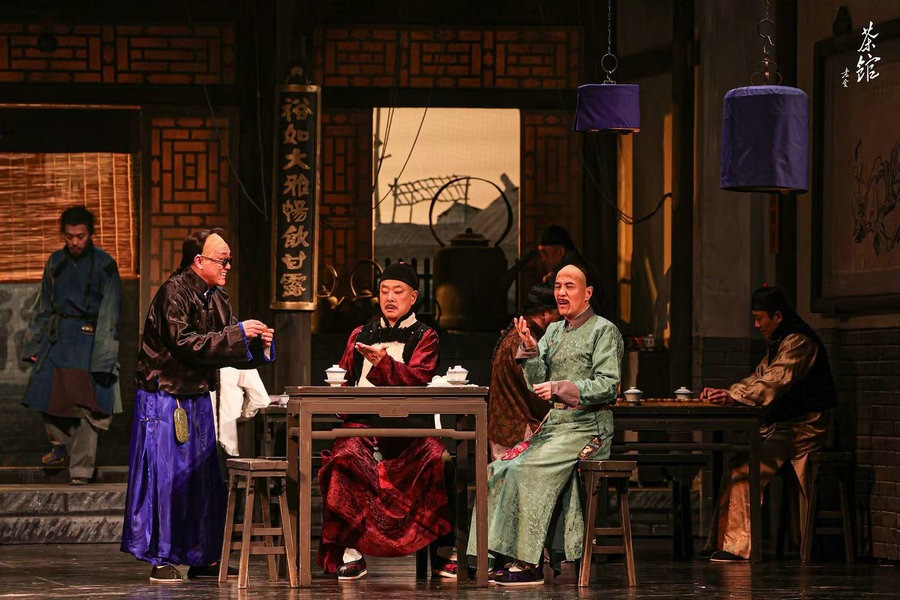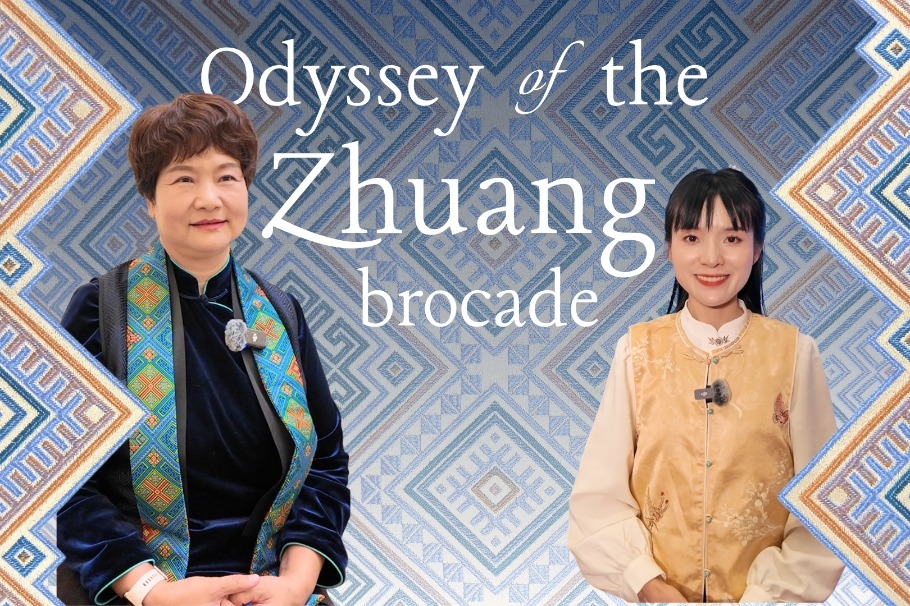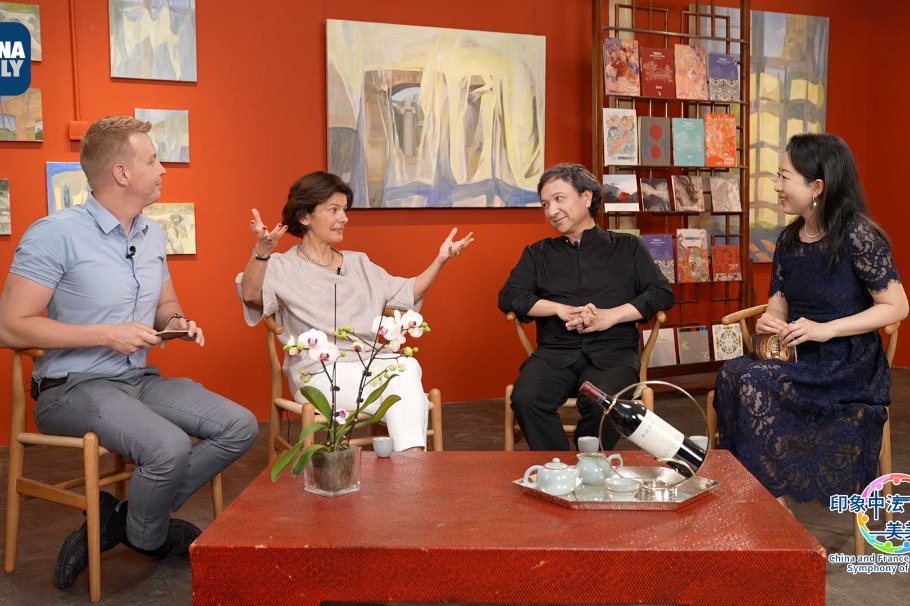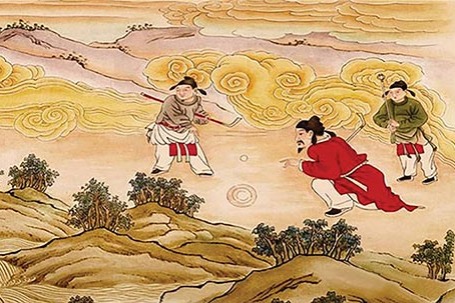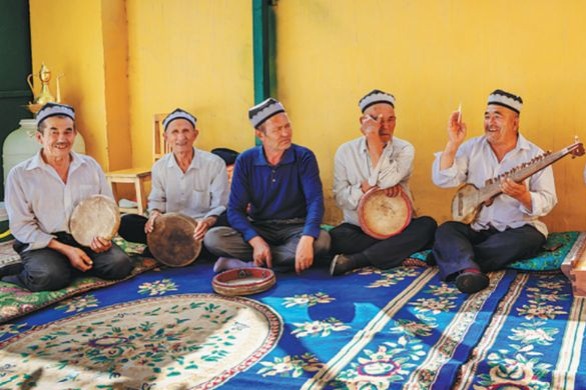The luster of lacquerware through history

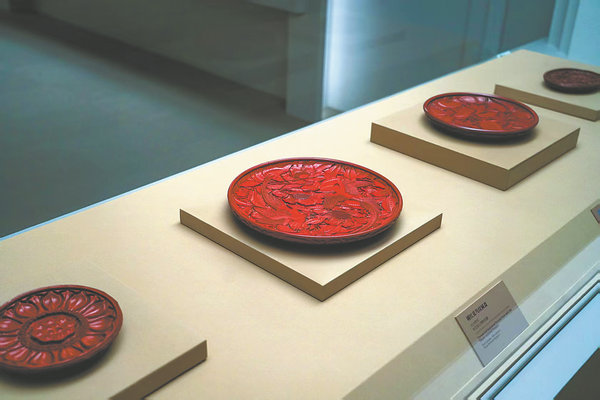
The final chapter presents the Ming Dynasty (1368-1644) technical treatise The Record of Lacquer Decoration, written by Huang Dacheng and later annotated by Yang Ming. While the original text has been lost in China, two manuscript copies preserved at the Tokyo National Museum are on display at the exhibition.
Other notable exhibits include the Carved, Red-lacquered Rectangular Box with the Phoenix-and-peony Pattern from the Southern Song (1127-1279) Dynasty, once listed in the Imperial Household Inventories of Japan; and from the Yuan Dynasty, the Black-lacquered and Mother-of-pearl-inlaid Dish with the Dragon-amid-waves Pattern and a Water-chestnut-flower-shaped Lobed Rim; and from the same period, the Sutra Casket with the Incised Cloud-and-phoenix Pattern Inlaid with Gold.
"Such highlights, among many others, form a constellation of lacquer brilliance," says Chu Xiaobo, director of the Shanghai Museum. "Burnished by time and cherished abroad, they have now returned to the very land that first breathed life into them, bearing silent witness to the timeless radiance of East Asian lacquer art."


